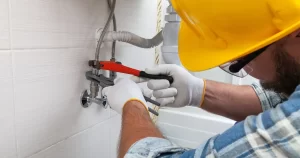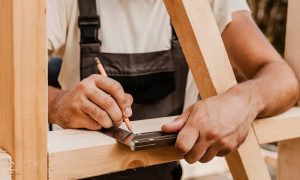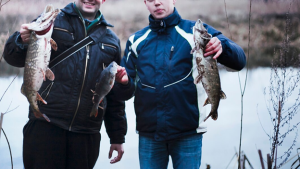Emergency Water Restoration Tips

Knowing that water restoration is going to need to be done to repair water damage is one thing, knowing what to do about it until professional help arrives is another. Luckily, there are things that people can do before a team gets to your home or business. Here are a few tips on what to do:
Focus on Everyone’s Safety First
The first thing that everyone should focus on is to ensure that no one in the home or business is in danger. Make sure that the building is safe to stay in before you do anything. If there are any major structural issues, mold, or even musty smells, then the house may not be safe to stay in.
Next, if people are going to be working in the home or office before a water restoration team arrives, then be sure that everyone avoids any areas where they can slip. Also, for anyone moving wet items, remember that some of them are much heavier than dry items.
Deal with Smaller Wet Items First
Anything that’s already wet should be moved, if at all possible. If the water restoration team is better suited for the job, then let them do it. There are things that one can move, however, that might still be dry, like books, magazines, mattresses, etc.
Remove any Other Wet Items
This covers things like upholstered furniture and cushions that need to dry out. If at all possible, they should be taken somewhere else to dry out. Otherwise, propping them up off the floor is a solution that works, as well.
Do Not Use Electrical Items
Water on the floor or water in the walls and ceiling can make the use of appliances very dangerous. It’s actually best to turn off the power in the building until a water restoration team has assessed all of the damage. It might end up being okay to turn the power back on, but it’s best to be safe, rather than sorry.
Even if it is safe to keep the power on, don’t use a regular household vacuum to suck up water. They are not built to do this and, pretty soon, you won’t have a vacuum anymore!
Remove Excess Water
It’s better to start doing this once all smaller pieces of furniture are removed. This means wiping down lamps, knick-knacks, and other items that might get in the way. It will also save a water restoration team some time. When it comes to larger furniture, it might need to be removed or wiped down.
After that, wet floors can be cleaned with mops. It will take some time, but it is a necessary step towards getting a home dry again.
Ventilate
The sooner air is moving through the home or business, the better. Once it’s safe to use power, or if using a generator, every fan that can be used should be. For people with air conditioning or who have heat exchangers, turning them on the “fan” setting will help to dry out the building much faster.








